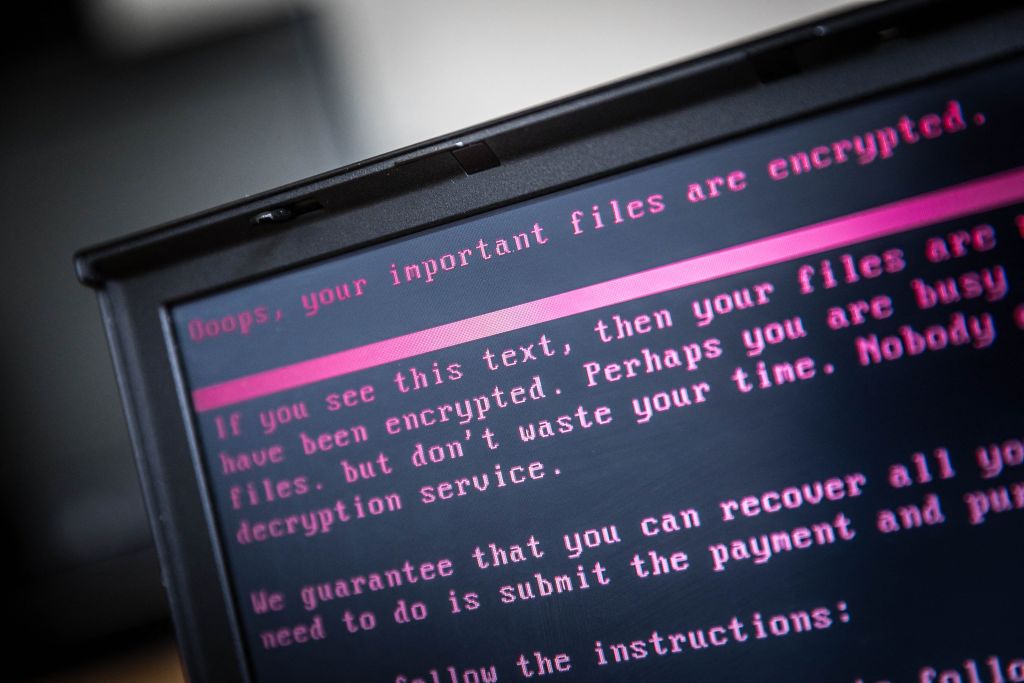Every year, cybersecurity firm NordPass releases its list of the most common passwords, and it’s no surprise that old favorites like “123456” and “password” continue to dominate. Despite repeated warnings from cybersecurity experts, users still tend to favor simple and easily crackable passwords.
In its fifth year of publication, NordPass analyzed 4.3 terabytes of data related to cybersecurity incidents to compile the list of the top 200 most common passwords. The list revealed persistent trends and served as a reminder of the alarming but unsurprising state of password security.
Topping the list are the usual suspects, including “123456,” “admin,” “12345678,” and “password.” NordPass noted that all of these passwords could be cracked in less than a second, underscoring the need for users to adopt stronger and more unique combinations.
The report also provided insights into emerging trends and potential shifts in passkey authentication methods, inviting users to explore the future of passkeys amid discussions about improving user authentication.
Methodology-wise, NordPass clarified its commitment to privacy, stating that the list was compiled in collaboration with independent researchers specializing in cybersecurity incidents. The data was extracted from various sources, including the dark web, and did not acquire any personal data. The study included statistical information from researchers in up to 35 countries, focusing on eight types of platform categories.
The report highlights the persistent challenges associated with passwords, emphasizing that while technological advancements make passwords harder to breach, malware attacks remain a significant threat to account security. The statistics are stark, with 86% of all web app attacks utilizing stolen credentials, 18% of the most common items on the dark web being online accounts, emails, and passwords, and a staggering 24 billion credentials breached since 2016.
As the report serves as a stark reminder for the need for robust cybersecurity measures, it emphasizes that the responsibility falls on individuals to adopt more secure and unique password practices to safeguard their digital identities. If your password is on the list, it might be time to rethink and prioritize originality for better privacy.
This compelling and informative article not only provides readers with crucial insights into the state of password security but also serves as a reminder of the ongoing battle against cyber threats.




